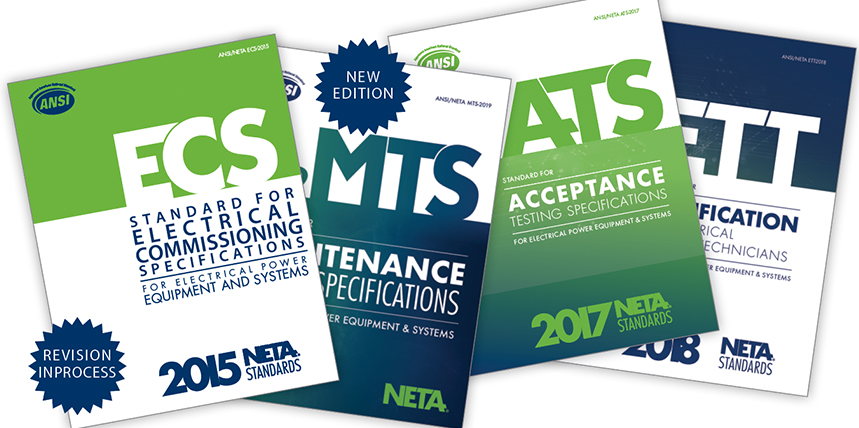The ASTM F18 committee meeting was held in Denver, Colorado, on April 1–5, 2019. Committee meetings are held annually in April and October.
Wearing Apparel
The F1506 Wearing Apparel Task Group did the main work in this session. This actually became several sessions, as F1506 was divided into smaller pieces so it could be handled more easily. The task group chair is Marcia Eblens, who is retired from PG&E.
Task group WK-55661 covers visibility enhancements, after-flame testing, and zippers; WK-59582 covers patches and logos; WK-60221 covers areal density; WK-55666 covers conformity. Each of these was discussed in detail, and concerns over the wording or new requirements were voiced.
Several ballots were sent to task group members:
- WK-55661. A requirement for D6413 testing every six months by the manufacturer was added, mostly due to concern that changes could be made by component suppliers without notifying purchasers. There was disagreement on testing every six months; this will be re-balloted. Zippers were identified as a potential problem if exposed, as zipper ratings were lower than fabric ratings. Slide fastener tape must be flame resistant and can’t be exposed on the inside of the garment. This question will also be re-balloted.
- WK-59582. The vote on pulling language from the appendix into the body of the standard failed. The wording was modified to better align with NFPA 2112, Flash Fire Protection. Patches and logos are limited to 16 square inches individually and no more than 40 square inches total as stated in NFPA 2112.
- WK-60221. The proposal for three weight ratings was deemed too confusing and will be re-balloted.
- WK-55666. Many negatives were brought up, as conformity is a concern for manufacturers. To a large extent, they did not believe a separate requirement is needed, since the label does this. The label will probably meet the need for the conformance requirement at this time.
Rubber Insulating Gloves
Rubber insulating glove testing was also discussed extensively. Confusion remains on what “first issued” really means or is intended to mean. The proposed language states that the gloves will be tested based on the date of issue with retesting not to exceed six months if issued for service. If in storage, gloves must be retested within 12 months or meet the six-month test interval, whichever comes first. For example, a pair of gloves that has been in storage for nine months after electrical testing can only be used for three months.
Testing has found that rubber insulating gloves sewn with Kevlar thread show minute abrasion damage and do not meet ASTM F696. The damage caused by the thread is cumulative. Thread is available that meets F696 and is arc resistant. On a side note, rubber insulating gloves should be stored separately, not inside leather protector gloves.
Clamps
On ASTM F855 Class H and Class I clamps will be removed, as no one uses them.
The next meeting is scheduled October 20–23, 2019, in Houston.
James (Jim) R. White, CESCP, Vice President of Training Services, has worked for Shermco Industries since 2001. He is a NFPA Certified Electrical Safety Compliance Professional and a NETA Level 4 Senior Technician. Jim is NETA’s principal member on NFPA Technical Committee NFPA 70E®, Standard for Electrical Safety in the Workplace; NETA’s principal representative on National Electrical Code® Code-Making Panel (CMP) 13; and represents NETA on ASTM International Technical Committee F18, Electrical Protective Equipment for Workers. Jim is Shermco Industries’ principal member on NFPA Technical Committee for NFPA 70B, Recommended Practice for Electrical Equipment Maintenance and represents AWEA on the ANSI/ISEA Standard 203, Secondary Single-Use Flame Resistant Protective Clothing for Use Over Primary Flame Resistant Protective Clothing. An IEEE Senior Member, Jim was Chairman of the IEEE Electrical Safety Workshop in 2008 and is currently Vice Chair for the IEEE IAS/PCIC Safety Subcommittee.
